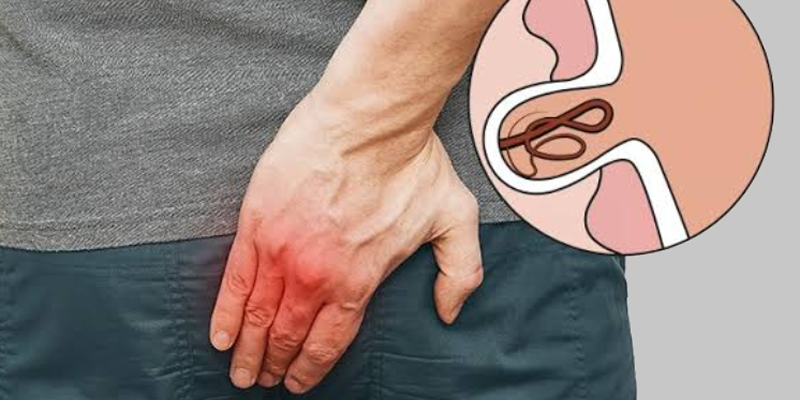
Pilonidal Sinus (Laser and Flap Closure Techniques)
A pilonidal sinus is a small tunnel or cavity in the skin, usually located at the top of the buttocks, near the tailbone. It often contains hair, dirt, and skin debris, which can lead to infection and the formation of a painful abscess. Pilonidal sinus disease is more common in young men and people who sit for long periods. Without treatment, the sinus can become chronically infected, forming multiple tracts and causing persistent discomfort. Fortunately, modern treatment options like laser surgery and flap closure techniques offer effective and minimally invasive solutions.
Causes and Risk Factors
Pilonidal sinus formation is believed to occur when loose hairs penetrate the skin. The body sees these hairs as foreign, triggering an inflammatory response. Several factors can increase the risk of developing a pilonidal sinus:
– Prolonged sitting or sedentary lifestyle
– Excessive body hair or coarse hair
– Obesity
– Poor hygiene
– Family history of pilonidal disease
– Wearing tight clothing that causes friction in the buttock area
Symptoms of Pilonidal Sinus
The symptoms of a pilonidal sinus vary depending on the stage of the condition. In early stages, it may be asymptomatic, but as the sinus gets infected, the following symptoms may appear:
– Pain or tenderness near the tailbone
– Swelling or a lump between the buttocks
– Redness and warmth in the affected area
– Discharge of pus or blood from the opening
– Foul odor from the draining sinus
– Fever in case of severe infection
Diagnosis
Diagnosis of a pilonidal sinus is usually based on clinical examination. A doctor will inspect the area for any visible sinus openings, swelling, or signs of infection. In recurrent or complex cases, imaging such as ultrasound or MRI may be used to assess the extent of the tracts and to plan surgical treatment effectively.
Treatment Options
Early-stage pilonidal sinus may be managed with conservative measures such as hygiene, shaving the area, and antibiotics if infection is present. However, for chronic or recurrent cases, surgical treatment is often necessary. Two modern surgical techniques are commonly used:
– Laser Surgery: A minimally invasive procedure where a laser fiber is inserted into the sinus tract to ablate and destroy infected tissue. This technique offers faster healing, minimal pain, and reduced recurrence rates.
– Flap Closure Techniques: In cases of large or multiple tracts, excision of the sinus followed by flap reconstruction (such as Limberg or Karydakis flap) is performed. This method allows for better healing and reduces tension on the wound site, lowering the risk of recurrence.
Recovery and Aftercare
Recovery after laser treatment is usually quick, with most patients returning to normal activities within a few days. Flap surgery may require a longer healing period but ensures a more permanent solution. Proper wound care, hygiene, and avoiding prolonged sitting are essential during recovery. Regular follow-ups help monitor healing and prevent recurrence.
Final Thoughts
Pilonidal sinus disease, though uncomfortable and recurrent, is treatable with modern surgical techniques. Laser and flap closure methods offer long-lasting relief and minimal discomfort. If you experience symptoms like swelling or discharge near your tailbone, consult a qualified surgeon early. Prompt intervention can prevent complications and help restore your comfort and quality of life.

